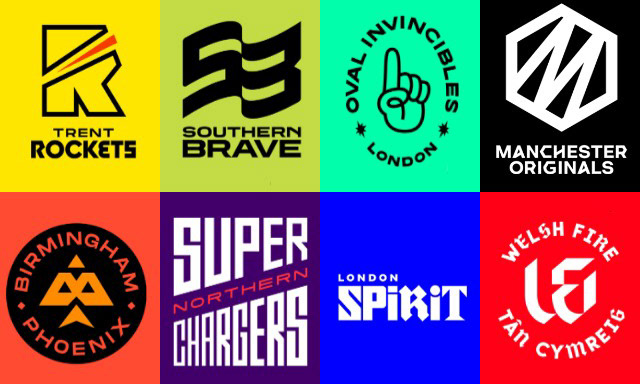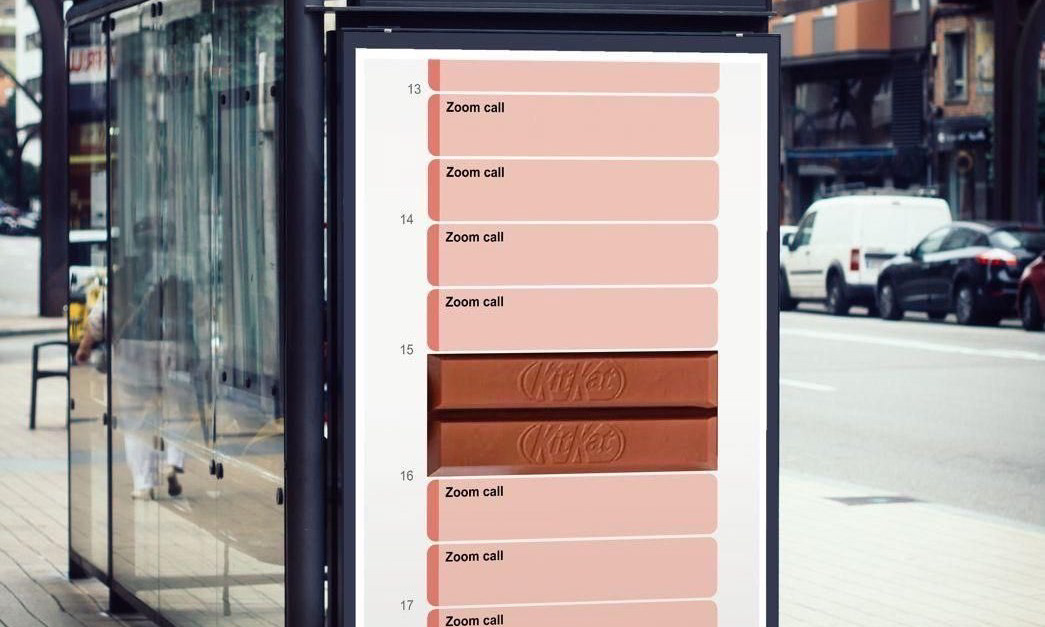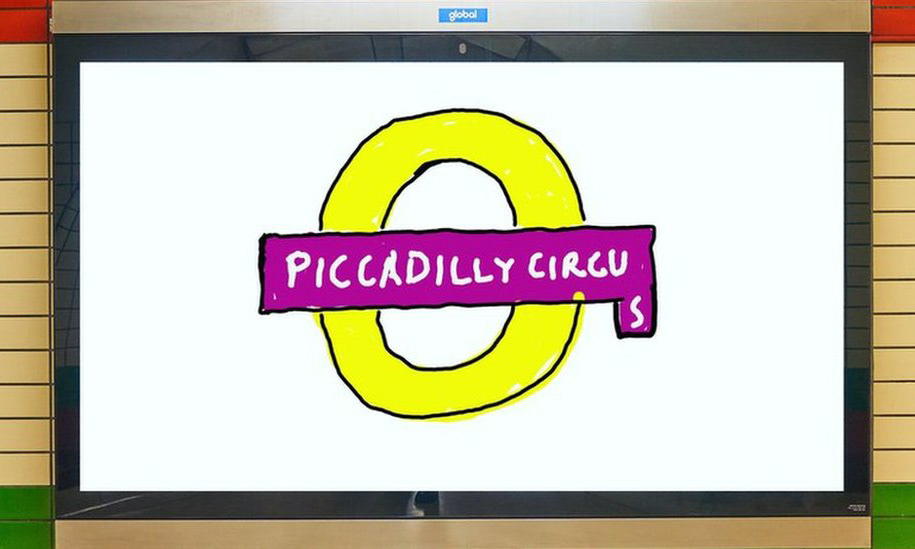Having spent a lot of time studying copywriting, and it's importance in design, especially in regard to Advertising, my main take away from my notes are this:
Write with a purpose - Consider the message you want to relay to your audience, in a memorable way with maximum impact.
Create an emotional response - Play on human relationships and experiences. Focus on the benefits the product will bring you, than the product itself. As Twitter copywriting legend Dave Harland eloquently puts it: “People don’t enjoy ‘exclusive deals’, they ‘enjoy sipping a big f*ck off cocktail on the beach of that luxury hotel paid for with the money you saved on our exclusive deals”.
Sell what the product lets you do, and speak in a way that reflects that, nobody says “I really enjoyed that 50% off”. This is often referred to as ‘selling the sizzle, not the steak’.
Sell what the product lets you do, and speak in a way that reflects that, nobody says “I really enjoyed that 50% off”. This is often referred to as ‘selling the sizzle, not the steak’.
Understand your product - This may sound obvious, but in order to be able to sell the product confidently and amplify it’s benefits, you have to know what makes it sell. Ask questions, consult the court of public opinion, just do your research.
Apply the product knowledge - lead with your USP (if you have one), and create a strong proposition. Be careful of making false claims or absolute expressions, in order not to mislead the audience.
Know your audience - You must understand who your potential customers are, find out where they hang out, what they do, what they like and dislike and talk to them in a way that engages their personal interests and makes them feel positive towards the product.
Stay on target, keep your tone in line with the way they would speak. Adjust your way of writing to suit.
Have a good command of the English language - This seems relatively obvious given the task at hand, but they key is to keep reading and writing in order to keep learning. Know your grammar, and improve your language skills by making use of a thesaurus. Restructure sentences instead of using a word you don’t fully understand. Consult your spellchecking software to check for errors before submitting proofs.
Know the rules of punctuation, and when to break them - ask for feedback if you’re unsure.
Stay on target, keep your tone in line with the way they would speak. Adjust your way of writing to suit.
Have a good command of the English language - This seems relatively obvious given the task at hand, but they key is to keep reading and writing in order to keep learning. Know your grammar, and improve your language skills by making use of a thesaurus. Restructure sentences instead of using a word you don’t fully understand. Consult your spellchecking software to check for errors before submitting proofs.
Know the rules of punctuation, and when to break them - ask for feedback if you’re unsure.
Generate creative ideas - This can be done through mind maps and word associations, and should get creative juices flowing. Avoid clichés, unless you’re able to put a new spin on them. Try and inject humour for brand warmth and to add a new dimension to your advertising - but only if it’s appropriate. Wordplays and puns are your friend! Use the supporting imagery and context to lead you - if a picture can paint a thousand words, a word can paint a thousand pictures.
Be clear - KISS principles (keep it simple, stupid) apply to copywriting as well as when creating an advertising strategy. By keeping it simple, you’re more likely to stay on topic and not overload your reader with unnecessary information and cause confusion.
Be creative and original - Try not to do what has already been done, especially by your competitors. Advertise in unusual places, and consider how the copy may be effected by it’s whereabouts.
(Basics Advertising: Copywriting, Rob Bowdery, 2008, AVA publishing)








